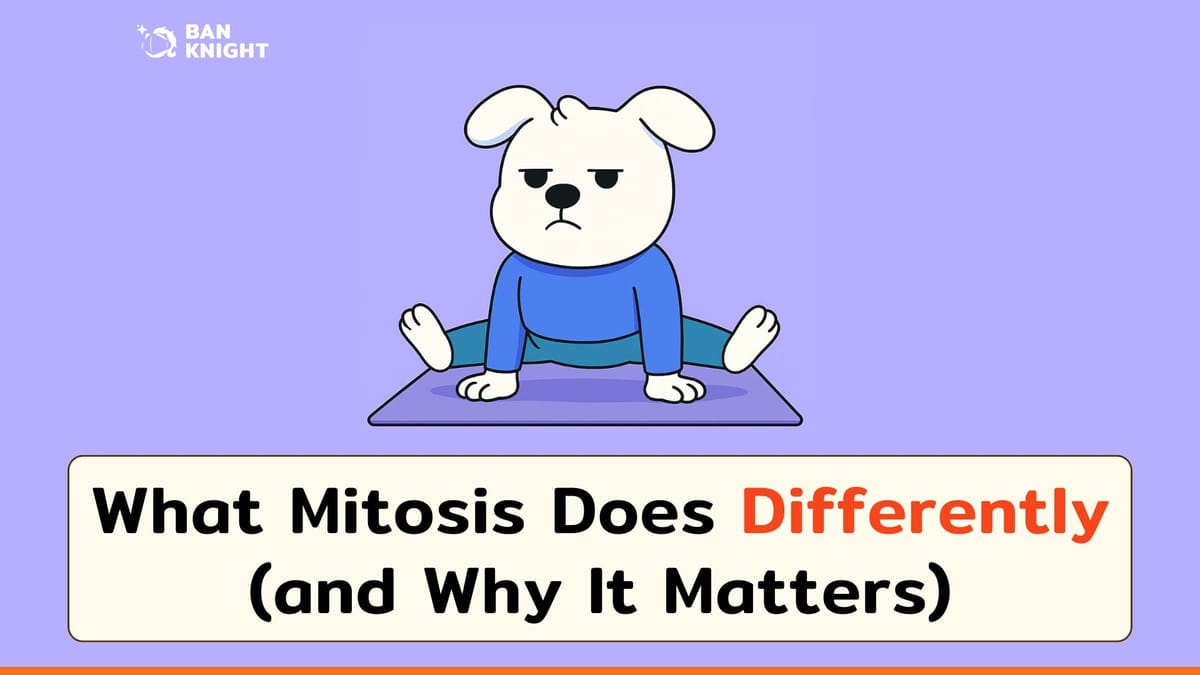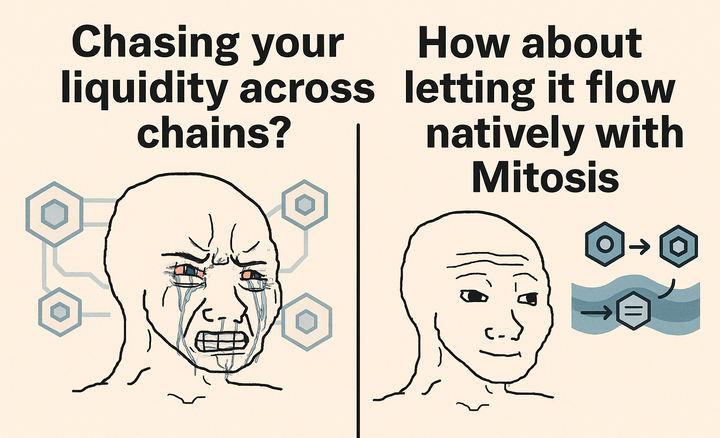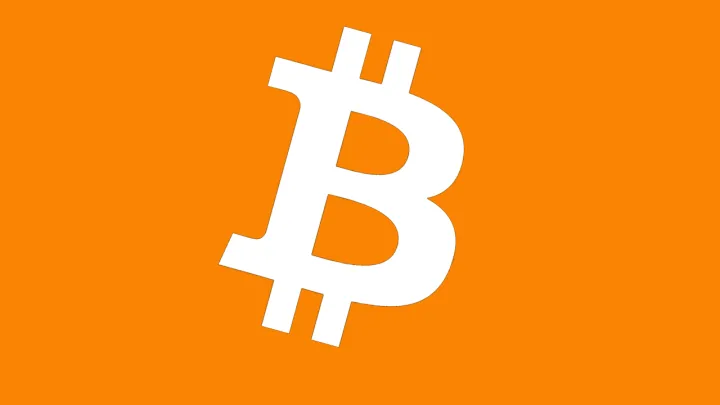What Mitosis Does Differently (and Why It Matters)

In today’s DeFi landscape, several protocols focus on cross-chain liquidity management and Liquid Restaking.
However, Mitosis stands out from the rest with unique features, including:
🔁 Multi-Chain Restaking
Mitosis enables users to participate in restaking across multiple blockchain networks, not limited to a single chain. This unlocks access to high-liquidity assets and a broader range of investment opportunities.
🤖 Automated Liquidity Management
Mitosis' Matrix system uses algorithms to automatically rebalance liquidity across assets and platforms. This boosts yield efficiency while reducing risks associated with manual operations.
What is Liquid Restaking?
Let’s say you stake ETH on Ethereum. Your ETH is locked to help secure the network, and in return, you earn rewards. The issue? You can’t use that staked ETH elsewhere — it’s locked.
Liquid Restaking allows you to stake ETH and receive an LRT (Liquid Restaking Token) in return. This LRT acts like a receipt that proves “your ETH is being staked.” ➜ But unlike locked ETH, you can use LRT in DeFi — for farming, lending, swapping, or even restaking again.
What does Restaking mean?
Originating from EigenLayer, restaking allows your already staked ETH to secure additional applications or services, without needing extra ETH.
For example: Stake ETH on Ethereum ➜ Then restake that ETH to help secure decentralized apps (dApps) ➜ In return, you earn additional rewards for securing more than one system.
Where does Mitosis fit into the Liquid Restaking ecosystem?
Mitosis doesn’t issue LRT tokens itself. Instead, it acts as an interoperability layer for LRTs — a middleware that enables:
- LRT holders (e.g., eETH, ezETH, etc.)
- To move seamlessly across chains and access multiple DeFi platforms
- While managing liquidity automatically through a Programmable Liquidity framework
Think of Mitosis as a hub for swapping and managing LRTs across platforms — connecting Ethereum, Arbitrum, Celestia, and more, so users can utilize LRTs without having to manually bridge assets themselves.
Key Takeaways
- Mitosis = Cross-chain liquidity router and optimizer for LRTs It’s not a competitor to LRT-issuing protocols, but rather a complementary layer that enhances their utility.
- If you’re holding LRTs and looking to maximize your yield across multiple platforms ➜ Mitosis is your gateway.



Comments ()